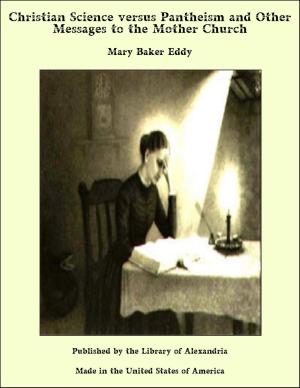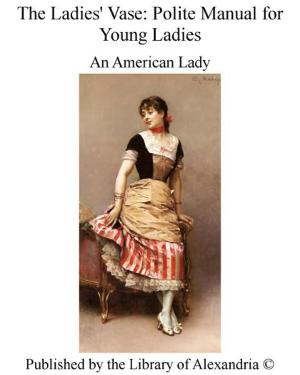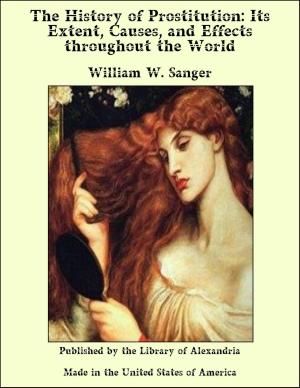A History of American Literature Since 1870
Nonfiction, Religion & Spirituality, New Age, History, Fiction & Literature| Author: | Fred Lewis Pattee | ISBN: | 9781465575456 |
| Publisher: | Library of Alexandria | Publication: | March 8, 2015 |
| Imprint: | Language: | English |
| Author: | Fred Lewis Pattee |
| ISBN: | 9781465575456 |
| Publisher: | Library of Alexandria |
| Publication: | March 8, 2015 |
| Imprint: | |
| Language: | English |
American literature in the larger sense of the term began with Irving, and, if we count The Sketch Book as the beginning, the centennial year of its birth is yet four years hence. It has been a custom, especially among the writers of text-books, to divide this century into periods, and all have agreed at one point: in the mid-thirties undoubtedly there began a new and distinct literary movement. The names given to this new age, which corresponded in a general way with the Victorian Era in England, have been various. It has been called the Age of Emerson, the Transcendental Period, the National Period, the Central Period. National it certainly was not, but among the other names there is little choice. Just as with the Victorian Era in England, not much has been said as to when the period ended. There has been no official closing, though it has been long evident that all the forces that brought it about have long since expended themselves and that a distinctively new period has not only begun but has already quite run its course. It has been our object to determine this new period and to study its distinguishing characteristics. We have divided the literary history of the century into three periods, denominating them as the Knickerbocker Period, the New England Period, and the National Period, and we have made the last to begin shortly after the close of the Civil War with those new forces and new ideals and broadened views that grew out of that mighty struggle.
American literature in the larger sense of the term began with Irving, and, if we count The Sketch Book as the beginning, the centennial year of its birth is yet four years hence. It has been a custom, especially among the writers of text-books, to divide this century into periods, and all have agreed at one point: in the mid-thirties undoubtedly there began a new and distinct literary movement. The names given to this new age, which corresponded in a general way with the Victorian Era in England, have been various. It has been called the Age of Emerson, the Transcendental Period, the National Period, the Central Period. National it certainly was not, but among the other names there is little choice. Just as with the Victorian Era in England, not much has been said as to when the period ended. There has been no official closing, though it has been long evident that all the forces that brought it about have long since expended themselves and that a distinctively new period has not only begun but has already quite run its course. It has been our object to determine this new period and to study its distinguishing characteristics. We have divided the literary history of the century into three periods, denominating them as the Knickerbocker Period, the New England Period, and the National Period, and we have made the last to begin shortly after the close of the Civil War with those new forces and new ideals and broadened views that grew out of that mighty struggle.















